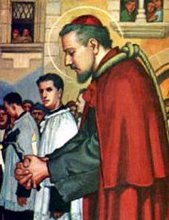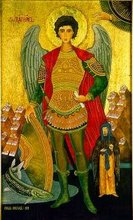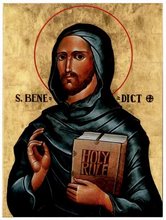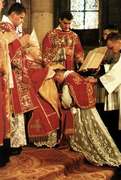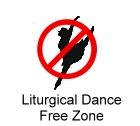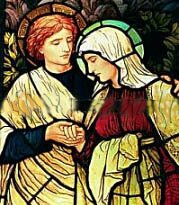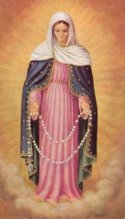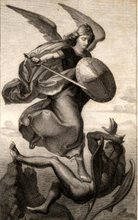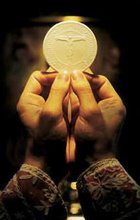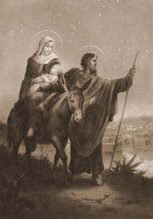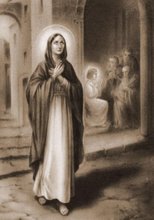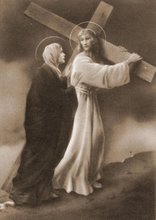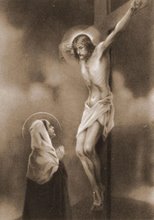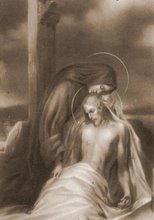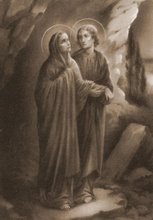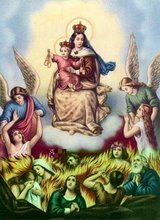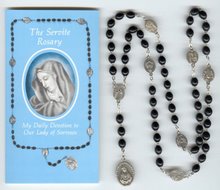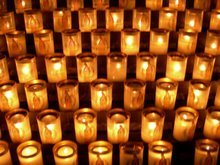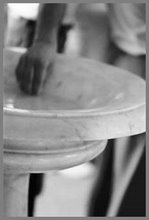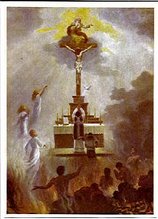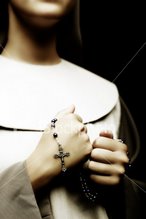
Image: Crucifixion (fragment) Church at Walburg, Lower Rhine
Special Lovers of Mary Sorrowful
Many Saints have cherished a special love for Mary as the Mother of Sorrows. Saint Ignatius Loyola constantly wore an image of the Sorrowful Mother on his bosom, and venerated her with tender devotion.
Blessed Henry Susso, who cherished a most tender compassion for the Dolorous Mother and meditated often on her sorrows, received wonderful revelations from her own lips. Mary said, among other things: "Consider that all the grief ever endured by a human heart would be as a drop of water to the vast ocean compared to the fathomless grief and anguish that my maternal heart endured at the foot of the Cross!"
Saint Alphonsus Liguori made the sorrows of Mary the subject of his daily meditations and his deepest compassion. When he conducted a mission he usually placed a picture of the Sorrowful Mother beside the pulpit, so that the faithful, by gazing upon it, might devoutly reflect on Mary's sufferings and be encouraged to confide in her merciful intercession. During his sermons he often invoked the Mother of Sorrows and exhorted sinners to turn to her to obtain the grace of sincere conversion. Among his writings are several treatises on the sorrows of Mary.
The Saintly Pope Pius IX nourished a deep devotion to the bitter sufferings of our Savior and those of His Sorrowful Mother. The frequent remembrance of Our Lord and His Mother in their sorrows and sufferings seemed to him an efficacious means of converting sinners, affording them a lasting incentive to contrition, penance and amendment. Therefore [in 1847] he approved a new "Hail Mary" composed in honor of the Dolorous Mother. The prayer is as follows:
"Hail Mary, full of sorrows, the Crucified is with thee; thou art pitiable amongst women, and pitiable is the Fruit of thy womb, Jesus! Hail Mary, Mother of the Crucified, implore for us, the crucifiers of thy Son, tears of contrition, now and at the hour of our death. Amen."
(Source: About Devotion to our Mother of Sorrows. Nihil Obstat: Gulielmus J. Blacet, J.C.L. Censor Librorum Imprimatur + Joannes P. Cody, S.T.D. Episcopus Kansanopolitana-Sti. Josephi March 10, 1951)
 The Painting is the Finest Copy of Hodegetria
The Painting is the Finest Copy of Hodegetria










































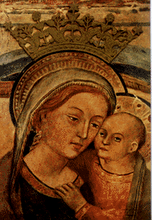
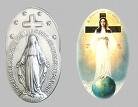

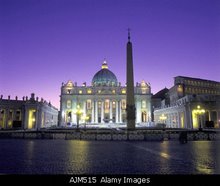

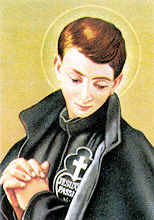
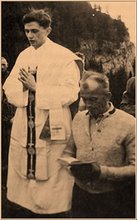
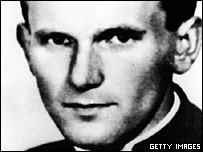
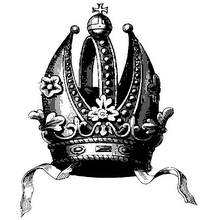
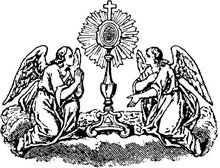
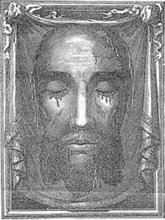


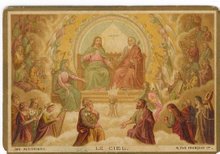




01.jpg)


